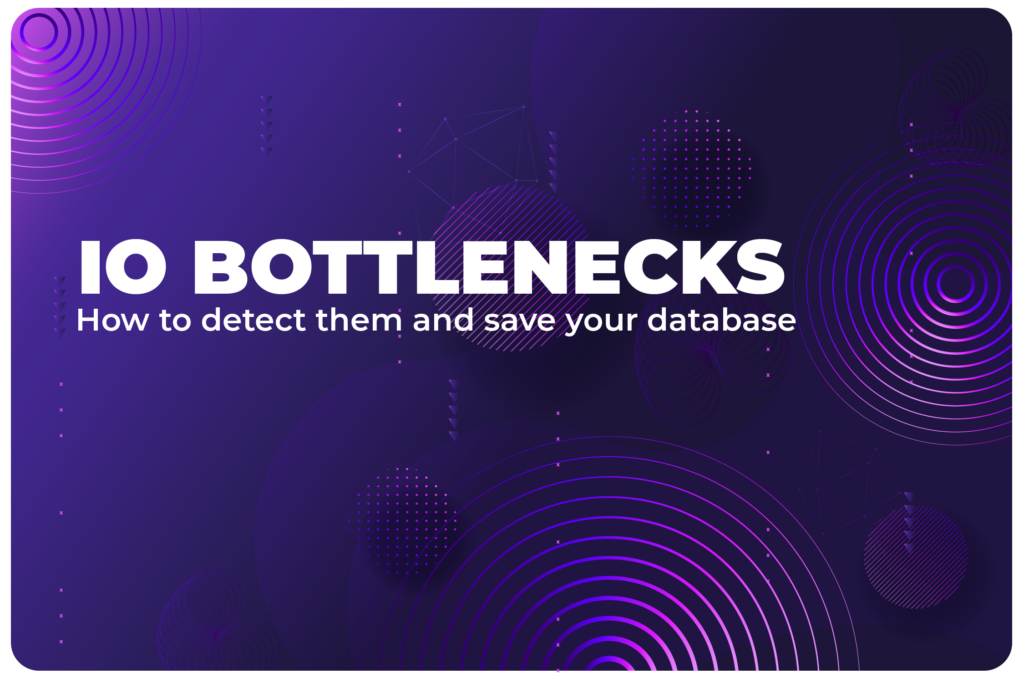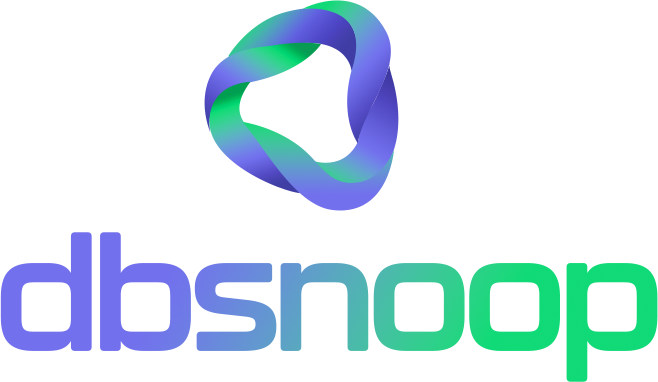

The Invisible Enemy of Performance
Have you ever noticed that sometimes your database simply doesn’t deliver the expected performance, even when “nothing seems wrong”? Queries slow down, systems become sluggish, and when you rush to investigate, the charts show CPU and memory within normal levels. But there’s a silent villain that few can see: I/O bottlenecks.
Detecting I/O problems is not trivial. They hide between the lines of database behavior, appearing intermittently and often without clear errors. That’s exactly why understanding how they work — and how to identify them — can save your operation from hours (or days) of downtime.
Why Are I/O Bottlenecks So Dangerous?
I/O bottlenecks are responsible for a huge share of performance problems in critical environments. They are sneaky and often mistaken for CPU, RAM issues, or even supposed application bugs.
They directly impact query latency, increase application response time, and in the worst cases, can push entire systems into severe degradation.
The worst part? In most cases, the signs are subtle — until the problem becomes critical.
Classic Symptoms of I/O Bottlenecks
- Queries that “run fine” and suddenly become slow for no apparent reason.
- Simple operations like inserts or updates start taking far longer than usual.
- Deadlocks and locks increase, even without application changes.
- Latency spikes that appear and disappear, defying any superficial analysis.
If you’ve seen any of these signs, I/O is likely the culprit.

Where Do Bottlenecks Hide?
Contrary to what many believe, I/O bottlenecks aren’t only in storage. They can arise at various points in the architecture.
- Local disks or storage networks are just part of the problem.
- Poorly sized cloud volumes frequently cause throughput throttling.
- It’s also common for intensive write processes, like logs or misconfigured backups, to saturate the environment.
- Another silent villain is queries that force excessive data reads, especially without proper indexing. And, of course, concurrent operations competing for the same resources.
The Detection Challenge
Traditional monitoring tools usually show CPU, RAM, and connections — but they rarely provide a detailed view of I/O at the query, process, or application level.
That’s why so many teams struggle to solve what seem like ghost problems. Without I/O visibility, troubleshooting becomes a guessing game.

How to Detect I/O Bottlenecks in Practice
Detection starts with three fundamental questions:
- Which processes or queries generate the most read and write operations?
- Is I/O saturated during specific spikes or constantly?
- Is there a correlation between increased I/O and performance degradation?
Answering these questions requires more than basic monitoring. You need contextual visibility — understanding which application, query, or service is consuming the resource.
The Difference Observability Makes
This is where tools like dbsnOOp Flightdeck come in.
- With it, you’re not just looking at generic graphs. You can see, in real time, which queries are consuming the most I/O.
- You also see response times by volume, table, and even by type of operation.
- Flightdeck allows you to identify whether there’s excessive contention in specific areas.
- And it clearly shows which time periods concentrate the highest saturation risks.
This visibility completely changes the game.
Real Cases: Bottlenecks No One Saw (Until They Used Observability)
- An e-commerce client experienced slowdowns at the top of every hour. The cause? A reconciliation job reading millions of rows without an index.
- A fintech had random performance drops. The issue was cloud storage volumes undersized for the required throughput.
- A SaaS company noticed its secondary replication instances were causing production bottlenecks due to concurrent backups.
These problems were only solved when the team had clear data on I/O behavior.

How to Fix I/O Bottlenecks
- Query Optimization: indexing, refactoring, and partitioning are fundamental.
- Infrastructure Review: check whether your storage (local or cloud) meets the necessary throughput.
- Concurrency Management: reduce simultaneous operations competing for disk.
- Adopt Observability: tools like dbsnOOp Flightdeck provide the missing visibility.
If You Can See It, You Can Solve It
I/O bottlenecks are among the trickiest challenges in the database world. They manifest without warning, without clear logs, without obvious traces. And that’s precisely why they consume hours — or even days — of IT teams.
But what once seemed invisible becomes clear when you adopt an observability-driven approach. The ability to see the real behavior of your database, understand access patterns, identify resource contention, and map I/O usage spikes completely changes the dynamics of troubleshooting.
The truth is that performance doesn’t just depend on CPU or RAM. Anyone managing critical environments knows: slow disks, insufficient throughput, or undersized storage are ticking time bombs waiting to explode.
dbsnOOp Flightdeck transforms that reality. With a complete view of how your database interacts with storage, you eliminate guesswork, accelerate problem detection, and gain time to focus on what really matters — growing your business.
Don’t wait for the next incident to act. Make observability part of your strategy, protect your systems, and impress your CFO with stability, performance, and availability that once seemed unattainable.
Want to see how it works in practice? Book a meeting with our specialist or watch a demo now.
Schedule a demo here.
Learn more about Flightdeck!
Learn about database monitoring with advanced tools here.
Visit our YouTube channel to learn about the platform and watch tutorials.


